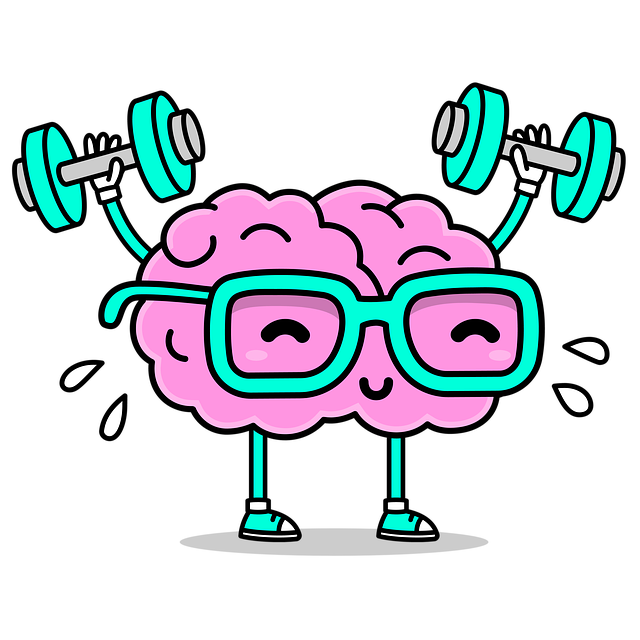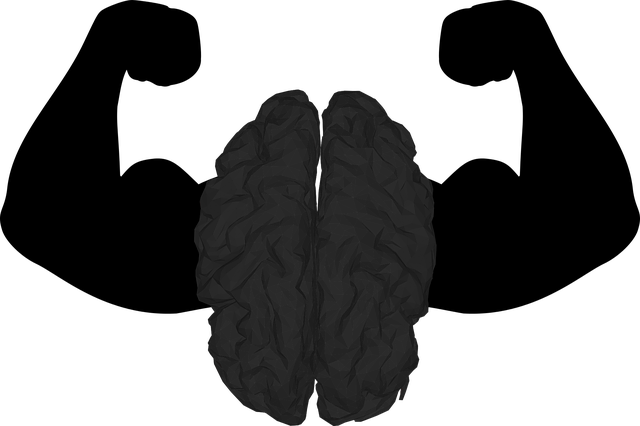Substance abuse among teens poses significant risks, impacting not just individuals but their communities. Early intervention is crucial due to the developing nature of adolescent brains. Specialized therapeutic approaches like CBT, DBT, and MI are vital for healing. A holistic approach integrating therapy with policy advocacy can minimize risks. Supportive environments at home and in schools, along with community resources like specialized therapy centers, are key to reducing abuse. Holistic risk mitigation includes burnout prevention strategies for healthcare providers, fostering resilience and long-term recovery for teen abuse survivors.
Substance abuse among teens is a pressing concern, with significant impacts on their health, well-being, and future prospects. This article explores comprehensive risk reduction strategies for adolescent substance abuse survivors. We delve into the profound effects of such abuse, highlighting the importance of therapeutic approaches tailored to healing and recovery. Additionally, we provide insights into creating supportive environments at home and school, as well as leveraging community resources and long-term mitigation strategies for teens seeking a path to resilience and success.
- Understanding the Impact of Substance Abuse on Teens
- Therapeutic Approaches for Healing and Recovery
- Creating a Supportive Environment at Home and School
- Community Resources and Long-Term Risk Mitigation Strategies
Understanding the Impact of Substance Abuse on Teens

Substance abuse among teens is a growing concern, with significant implications for their present and future well-being. The impact can be severe and long-lasting, affecting not just the individual but also their social circles and broader community. Adolescent brains are still developing, making them particularly vulnerable to the damaging effects of drugs and alcohol. This period of life is crucial for shaping healthy behaviors and decision-making skills, and substance abuse can disrupt this process severely.
Survivors of teen substance abuse often require specialized support, such as therapy tailored to their needs. The right intervention strategies, including Social Skills Training and Crisis Intervention Guidance, can play a pivotal role in recovery. Additionally, advocacy for improved mental health policies is essential to ensure that adolescents have access to comprehensive services like counseling, education, and support groups. A holistic approach, integrating Therapy for Adolescent Teens Abuse Survivors with relevant guidance and policy analysis, can help minimize the risks associated with substance abuse and promote healthier development.
Therapeutic Approaches for Healing and Recovery

For adolescents who have experienced substance abuse, specialized therapeutic approaches are crucial for healing and recovery. Many survivors require a tailored approach that addresses the unique challenges they face, often stemming from underlying trauma or mental health conditions. Therapies such as cognitive-behavioral therapy (CBT), dialectical behavior therapy (DBT), and motivational interviewing (MI) have proven effective in helping teens regain control of their lives. CBT equips individuals with coping strategies to challenge negative thought patterns associated with substance abuse, while DBT focuses on emotional regulation and distress tolerance skills. MI, on the other hand, enhances motivation for change by exploring the individual’s ambivalence towards recovery.
Implementing a community outreach program can further support these therapeutic initiatives. By engaging peers and families through educational workshops, support groups, and social activities centered around mental well-being, a holistic recovery environment is fostered. Integrating Mind Over Matter principles—the idea that our thoughts and perceptions significantly influence our emotional and physical state—into these programs encourages adolescents to cultivate resilience and positive self-perception. Additionally, teaching stress management techniques as part of these initiatives equips teens with tools to navigate life’s challenges without resorting to substance abuse as a coping mechanism.
Creating a Supportive Environment at Home and School

Creating a supportive environment is a powerful strategy to reduce risks associated with substance abuse among adolescent teens who have survived abuse. At home, this involves fostering an atmosphere of open communication where survivors feel comfortable discussing their experiences and emotions without fear of judgment. Parents or caregivers can play a pivotal role by actively listening, validating their child’s feelings, and encouraging them to seek professional help, such as therapy tailored for abuse survivors. Providing a safe, non-judgmental space at home encourages teens to open up about any challenges they face, including potential substance misuse.
Similarly, schools can significantly contribute to risk reduction by implementing supportive policies and practices. This includes promoting cultural sensitivity in mental healthcare services available on campus and ensuring that teachers and staff are trained in recognizing signs of abuse and addiction among students. Public awareness campaigns focused on substance abuse prevention can also empower teens and their support networks to take proactive measures. By integrating these initiatives, schools can create an environment where abused adolescents receive the necessary support, guidance, and access to appropriate therapy, thereby minimizing the risks associated with substance abuse.
Community Resources and Long-Term Risk Mitigation Strategies

Community resources play a pivotal role in long-term risk mitigation strategies for substance abuse among adolescent teens who have survived abuse. These survivors often require specialized support to navigate the complex journey of recovery and rebuild their lives. Local organizations, such as therapy centers for teen abuse survivors, can provide tailored interventions, including individual counseling, group therapy sessions, and peer support groups. By fostering a sense of belonging and understanding, these resources help teens cope with trauma, develop healthy coping mechanisms, and build resilience against substance abuse triggers.
Incorporating burnout prevention strategies for healthcare providers who support these initiatives is essential. Stress management workshops organized by community health centers or non-profit organizations can equip professionals with tools to recognize and address their own well-being. This holistic approach ensures that those offering help are equipped to provide sustained support, thereby enhancing the effectiveness of therapy for adolescent teens abuse survivors and promoting mood management in both clients and caregivers over time.
Substance abuse among teens is a complex issue, but with comprehensive strategies, we can significantly reduce risks. By understanding the impact on young lives, adopting therapeutic approaches tailored to adolescent teens in recovery, and fostering supportive environments at home and school, we create a network of support. Community resources play a pivotal role in long-term risk mitigation, ensuring survivors access necessary tools for healing. Embracing these strategies allows us to guide teens towards healthier futures and break the cycle of substance abuse. For those seeking help, therapy for adolescent teens abuse survivors is a vital step towards a brighter, substance-free life.









